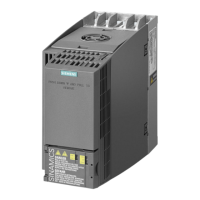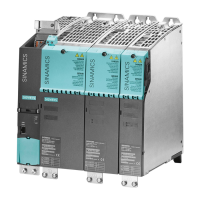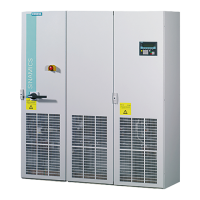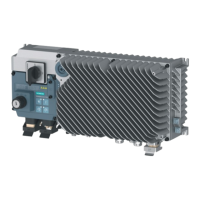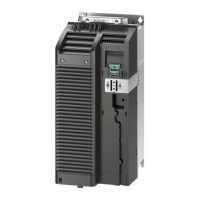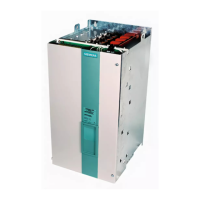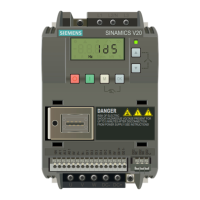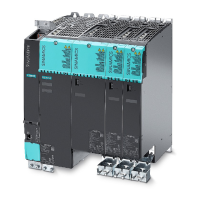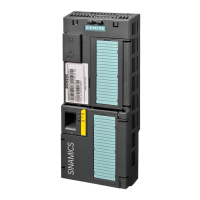Basic functions
7.12 Armature short-circuit, DC braking
Drive functions
Function Manual, 11/2017, 6SL3097-4AB00-0BP5
339
Armature short-circuit, DC braking
The "Armature short-circuit" and "DC braking" functions can be set using parameters
p1231[0...n]. The current status of the armature short-circuit or the DC braking can be seen
in r1239.
Using this function, you can brake permanent-magnet synchronous motors. The stator
windings of synchronous motors are then short-circuited. For a rotating synchronous motor,
a current flows that brakes the motor.
Armature short-circuit is preferably used in the following cases:
● If braking is to be performed without feedback
● If braking is to be performed when the power fails
● If an infeed unit is used that is not capable of feedback
● If with orientation loss (e.g. with encoder errors), the motor should still be braked
You can switch the armature short-circuit internally via the Motor Module or externally using
a contactor circuit with braking resistors.
The advantage of armature short-circuit braking over a mechanical brake is the response
time of the internal armature short-circuit braking with just a few milliseconds. The response
time of a mechanical brake is about 40 ms. For external armature short-circuit braking, the
slowness of the switching contactor results in a response time of over 60 ms.
Motor accelerates uncontrollably for pulling loads
For pulling loads, for an armature short circuit, the motor can uncontrollably accelerate if a
mechanical brake is not additionally used. If the motor accelerates uncontrollably this can
result in severe injury or death.
• For pulling loads, only use armature short circuit braking to support a mechanical brake
(a mechanical brake is mandatory).
Using this function, you can brake induction motors down to standstill. With DC braking, a
DC current is impressed in the stator windings of the induction motor.
DC braking is preferred in the event of danger:
● If it is not possible to ramp-down the drive in a controlled fashion
● If an infeed unit not capable of feedback is used
● If no braking resistor is used

